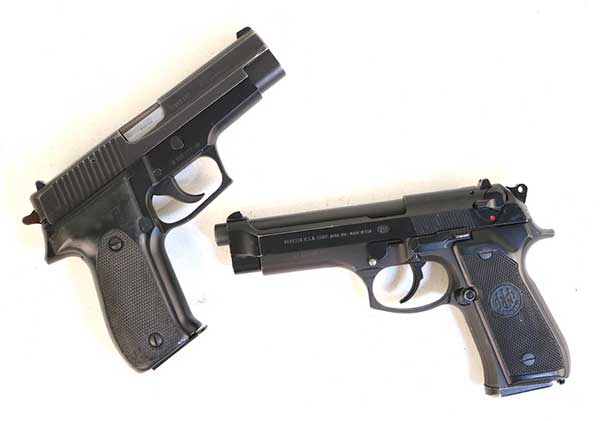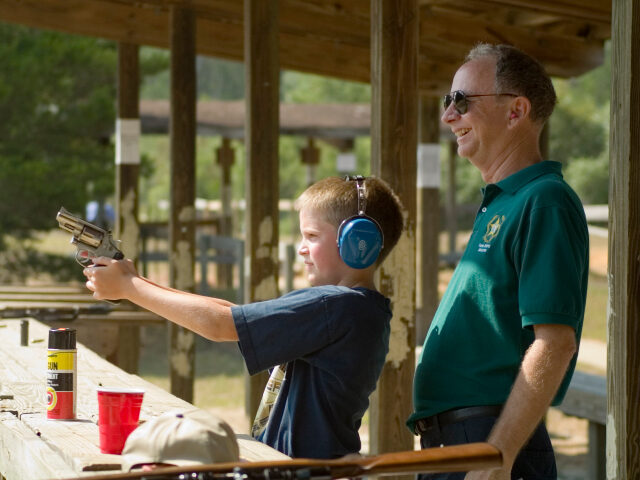Harrison Ford was born on July 13, 1942, in Chicago. As a child, he was a Boy Scout and, later, a sportscaster for his high school sports program. He was a shy kid but eventually overcame that through drama classes in college.
Ford moved to Hollywood and secured a variety of trivial roles in a number of movies and TV shows in the 1960s. Along the way, he taught himself carpentry and supported his wife and two sons by building stuff. The characteristic scar tracking across his chin was explained as a wound from a bullwhip in Indiana Jones and the Last Crusade. In reality, he incurred the injury in a car wreck after losing control while putting on his seatbelt.
Harrison Ford went on to become one of the most successful actors in the history of Hollywood. He has been the president, a fugitive from justice and a space pirate. His most iconic roles have included Indiana Jones, Han Solo and Jack Ryan — making him one of the most recognizable faces on the planet.
Golden Handcuffs
I’ve never actually met anybody like that, but I suspect it is honestly a pretty tough life. You might have more money than the government, but you really can’t go anywhere and expect any peace. That’s likely why so many celebrities end up so broken and pitiful. It seems that to survive in that bizarre, rarefied world, you’d have to make time for some proper hobbies. For Harrison Ford, that’s flying.
Flying is kind of a rich man’s game if done on any serious scale. I maintain a sexy, cool little homebuilt fighter plane of sorts. However, my airplane is both simple and relatively inexpensive. Buying and operating my machine is about the same process as a decent car.
By contrast, Harrison Ford has maintained a 1929 Waco Taperwing biplane, a 1942 Ryan Aeronautical PT-22, a 1955 de Havilland DHC-2 Beaver, a 2009 Aviat A-1C-180 Husky, a 2009 Cessna Citation Sovereign 680 jet, and a 2013 Bell 407GX helicopter.
Ford actually started taking flying lessons in the 60s but couldn’t afford to follow through. He finally earned his pilot’s license at age 53. Since then, he’s flown regularly both for recreation as well as work. His DHC-2 Beaver is a former CIA Air America aircraft bearing the stigmata of repaired bullet holes.
A Close Call …
In 2015, Ford took off in his WWII-vintage Ryan PT-22 trainer and had a carburetor failure on climb-out. He deftly put the old plane down on a nearby golf course but was badly injured in the process. The actor suffered a shattered right ankle and pelvis, along with a vertebral fracture and head trauma. He subsequently spent nearly a month in the hospital.
As soon as he recovered, Ford climbed back into an airplane. His wife reportedly refused to fly with him in his old planes after that, but she’d still ride in the jet. Statistically speaking, the most dangerous part of flying is always the drive into the airfield. However, when things go wrong, they typically do seem pretty flashy.
Duty Calls
Ford and his family live on a sprawling 800-acre ranch in Wyoming. For a guy like that to find any real peace, he’d need his space. However, that doesn’t mean he’s not a good neighbor.
On July 31, 2000, 20-year-old Sarah George was hiking with friends on the 11,106-foot Table Mountain in rural Wyoming. They expected their outing to take about five hours. However, Sarah soon became dehydrated and fell ill. The toxic combination of heat and altitude got the better of her. Now deep in the wilderness and unable to walk, things seemed grim.
People still die in places like that. The veneer of civilization with which we are all so familiar is actually quite thin. In this case, Sarah needed to get off that mountain. Failure to do so could easily be catastrophic.
After a desperate phone call to the authorities, Sarah’s friends helped carry her to a flat space adequate to admit a helicopter. The aircraft shot a flawless approach and landed long enough to get the young woman aboard. The pilot was wearing a cowboy hat and a t-shirt.
Once aboard, Sarah recognized the pilot as none other than Han Solo himself. She later reported, “I can’t believe I barfed in Harrison Ford’s helicopter.” By all accounts, Ford was a good sport about it all. The following year, he also used his personal helicopter to rescue a 13-year-old Boy Scout who found himself in dire straits near Yellowstone National Park.
Ruminations
I’ll never know what it’s like to be rich and famous, and I’m good with that. The few folks I have met who occupied that rarefied space seemed burdened by it. However, in the case of Harrison Ford, he seems to wear his success well. When folks nearby got in trouble, he just donned his cowboy hat, fired up his helicopter, and flew out to save their lives. Of course, you’d expect nothing else from a proper space pirate with a heart of gold.








